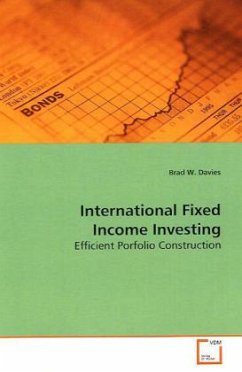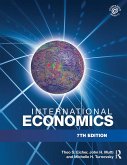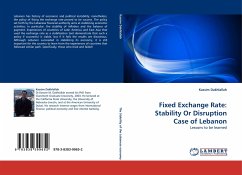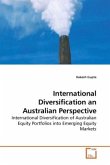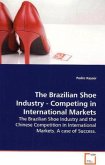International bonds as an asset class constitute the
single largest component of the total investable
capital market portfolio valued at over $15.1
trillion U.S. dollars in 1999. Investing in
international bonds provides certain benefits as
compared to investing solely in U.S. bonds.
Risk and return, two fundamentals of investing,
exist for any potential investment as rational
investors always seek the highest return for a given
level of risk. For those investors who maximize
return for a given level of risk, investing in
international bonds does not make sense unless
international bonds can improve the portfolio s rate
of return relative to that available from U.S. bond
investments.
This paper demonstrates how international bonds
interact with U.S. bonds and how their inclusion
affects the risk/return characteristics of
diversified fixed-income portfolio. This paper
examines the returns, volatility, currency
movements, correlation, and portfolio effects
between the United States and international bond
markets during the period 1985 to 1999.
single largest component of the total investable
capital market portfolio valued at over $15.1
trillion U.S. dollars in 1999. Investing in
international bonds provides certain benefits as
compared to investing solely in U.S. bonds.
Risk and return, two fundamentals of investing,
exist for any potential investment as rational
investors always seek the highest return for a given
level of risk. For those investors who maximize
return for a given level of risk, investing in
international bonds does not make sense unless
international bonds can improve the portfolio s rate
of return relative to that available from U.S. bond
investments.
This paper demonstrates how international bonds
interact with U.S. bonds and how their inclusion
affects the risk/return characteristics of
diversified fixed-income portfolio. This paper
examines the returns, volatility, currency
movements, correlation, and portfolio effects
between the United States and international bond
markets during the period 1985 to 1999.

